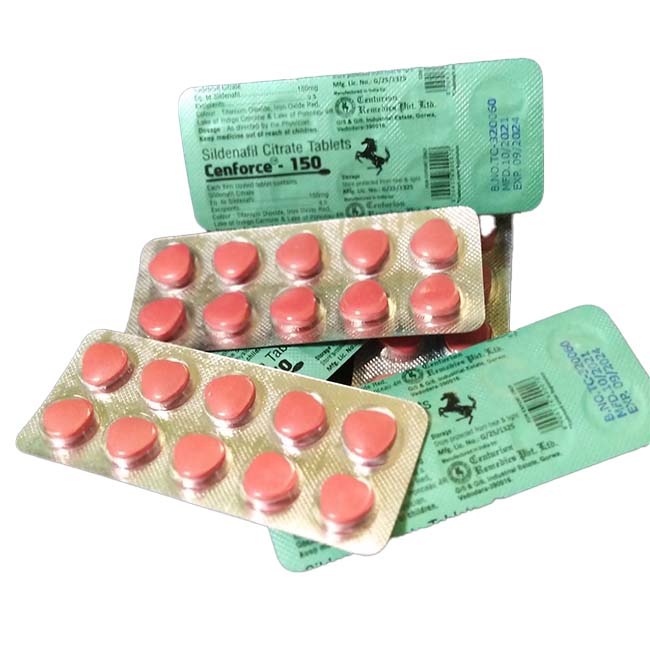Type 2 diabetes and weight loss are two related health issues that frequently need diversified care approaches. New treatment options have been made possible in recent years by the creation of drugs that address both disorders. The goal of this thorough analysis is to examine a variety of drugs used for managing type 2 diabetes and weight reduction, with an emphasis on Ozempic 0.5 and Ozempic 0.25’s effectiveness, mechanisms of action, adverse effects, and clinical data.
Semaglutide, a drug of the glucagon-like peptide-1 (GLP-1) receptor agonist family, is marketed under the name Ozempic. It has been authorizing for use in managing obesity in addition to being primarily used to treat type 2 diabetes mellitus. Semaglutide functions by imitating the natural hormone GLP-1, which stimulates insulin production in response to increased glucose levels and inhibits the release of glucagon, thus aiding with blood sugar regulation. Furthermore, it has been shown that GLP-1 receptor agonists, such as Ozempic, decrease stomach emptying, lessen hunger, and encourage weight loss.
Ozempic 0.5 and Ozempic 0.25 relate to distinct pharmaceutical doses in the context of the prior blog. Semaglutide is an ingredient in both doses, which are used to treat type 2 diabetes and obesity. These drugs are beneficial choices for people with these illnesses since they help with weight reduction and improve glycemic control. The blog emphasized Ozempic 0.5 and Ozempic 0.25’s effectiveness, mechanisms of action, clinical evidence, and safety issues in the treatment of type 2 diabetes and obesity.
Drugs for Losing Weight:
Medication may be quite important when it comes to losing weight, especially for those who find it difficult to make major lifestyle changes on their own. Ozempic 0.5mg, an FDA-approved glucagon-like peptide-1 (GLP-1) receptor agonist, is one such drug used to treat obesity. GLP-1 receptor agonists function by imitating the effects of GLP-1, a hormone that controls hunger and food consumption. Ozempic 0.5 supports sensations of fullness and decreases appetite by stimulating GLP-1 receptors in the brain, which can help in weight reduction attempts.
Apart from Ozempic 0.5, Ozempic 0.25 is an additional medicine that may be of interest for weight loss. Ozempic 0.25 is a GLP-1 receptor agonist that, like its higher-dose equivalent, can assist people in achieving noticeable weight reduction results. For those who are having trouble losing weight with food and exercise alone, Ozempic 0.25 presents a possible alternative by addressing the underlying hormonal imbalances that lead to excess weight.
Mechanisms of Action:
GLP-1 receptors in the brain and other peripheral tissues are activated by Ozempic 0.5 and Ozempic 0.25 to cause weight loss. GLP-1 receptor activation in the brain aids in controlling hunger and lowering food intake, which lowers calorie consumption and eventually results in weight reduction. Furthermore, the slowing of stomach emptying with GLP-1 receptor agonists such as Ozempic 0.5 and Ozempic 0.25 can further enhance sensations of fullness and satiety.
Clinical Support:
The effectiveness of Ozempic 0.5 and Ozempic 0.25 in encouraging weight loss in obese persons has been shown in several clinical investigations. According to these studies, using GLP-1 receptor agonists as a form of therapy causes considerable weight losses when compared to placebo, with many patients obtaining weight losses of 5% or more that are clinically important. Additionally, improvements in cardiometabolic risk variables including blood pressure, cholesterol, and glycemic management frequently coincide with the weight reduction attained with Ozempic 0.5 and Ozempic 0.25.
Drugs for the Treatment of Type 2 Diabetes:
GLP-1 receptor agonists such as Ozempic 0.5mg and Ozempic 0.25mg are useful drugs for the treatment of type 2 diabetes in addition to their involvement in weight loss. GLP-1 receptor agonists contribute to better glycemic control without raising the risk of hypoglycemia by promoting insulin secretion and suppressing glucagon release in a glucose-dependent manner. They are a desirable therapy choice for those with type 2 diabetes, especially those who are overweight or obese, due to their dual mode of action.
Clinical investigations have demonstrated the effectiveness of Ozempic 0.5 and Ozempic 0.25 in lowering blood glucose levels and enhancing glycemic control. In comparison to placebo or other antidiabetic drugs, these trials have demonstrated that therapy with GLP-1 receptor agonists results in substantial decreases in fasting plasma glucose levels, postprandial glucose excursions, and hemoglobin A1c (HbA1c) levels. GLP-1 receptor agonists are a desirable alternative for complete diabetes care as they have also been demonstrated to encourage weight loss and lower cardiovascular risk factors in type 2 diabetic patients.
Adverse Reactions and Security Issues:
Although Ozempic 0.5 and Ozempic 0.25 are typically well tolerated, some people may experience adverse effects from them. During the first titration phase, nausea, vomiting, diarrhea, and constipation are common side effects that may go away with sustained treatment. Although the general frequency of these events is modest, GLP-1 receptor agonists may in rare situations raise the risk of pancreatitis or pancreatic cancer. Consequently, medical professionals should carefully consider the advantages and disadvantages of treating each patient with Ozempic 0.5 and Ozempic 0.25 and keep a close eye out for any negative side effects.
In summary:
In conclusion, drugs are essential for managing type 2 diabetes as well as helping people lose weight. Ozempic 0.5 and 0.25, GLP-1 receptor agonists, assist obese and type 2 diabetics to lose weight and regulate their blood sugar. Ozempic 0.5 and 0.25 are helpful therapies for these illnesses due to their different mechanisms of action and outstanding safety profiles. Like any drug, they should be taken carefully and closely monitored for safety and effectiveness. To fully understand their long-term effects and maximize their usage in clinical practice, more investigation and clinical experience are required.







